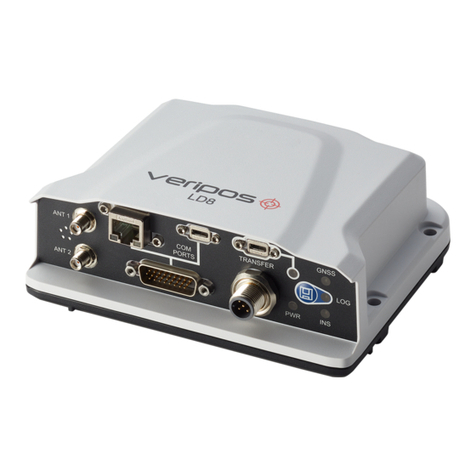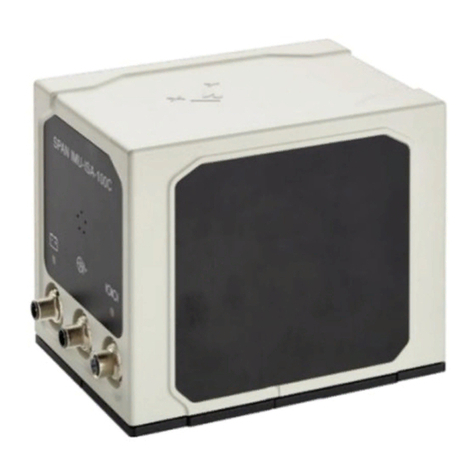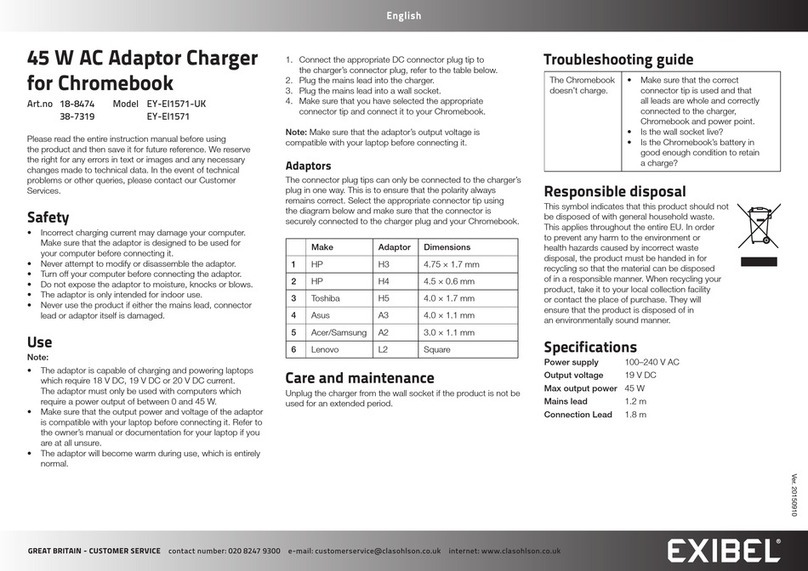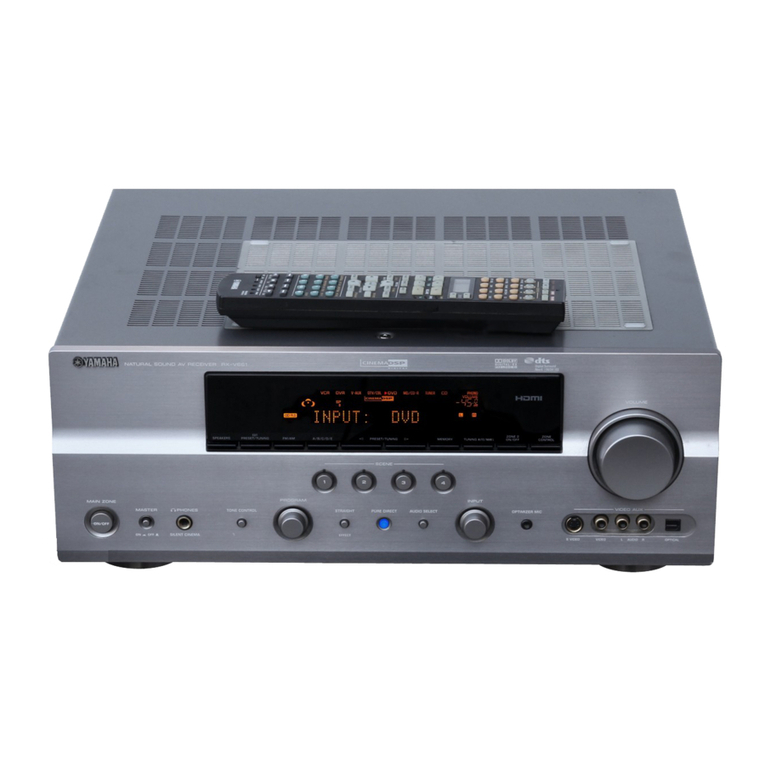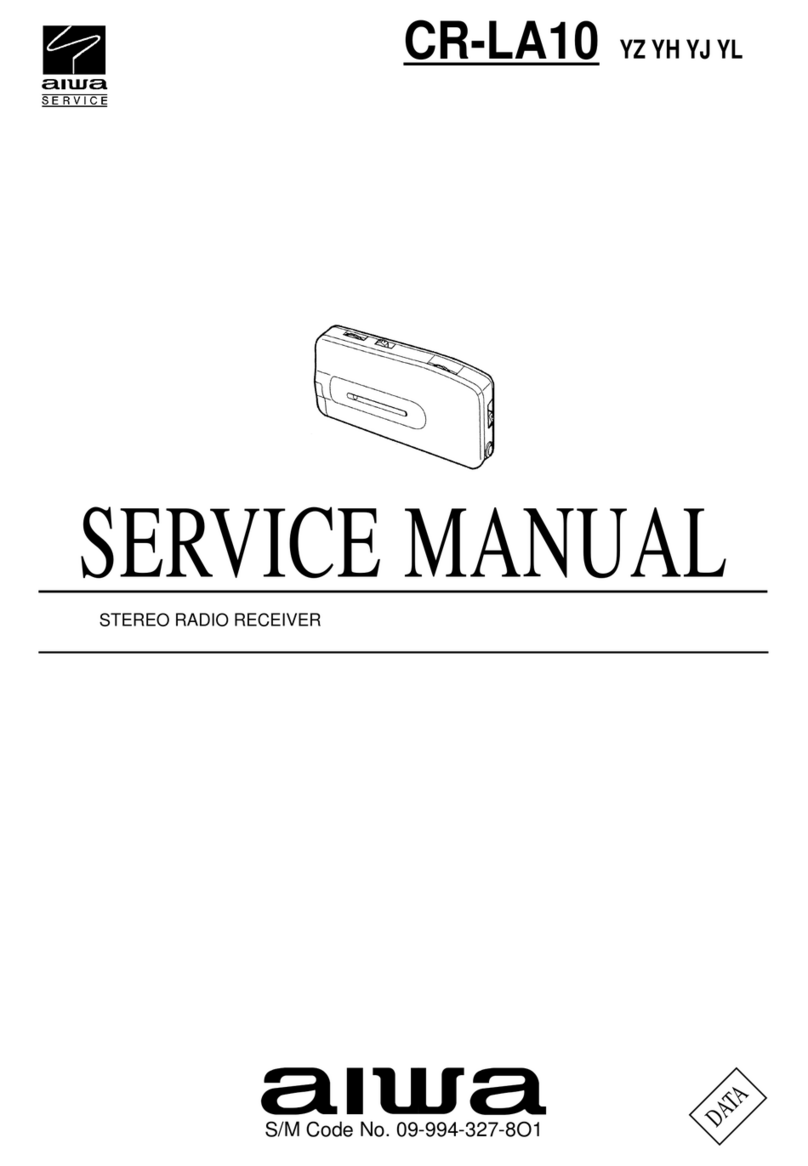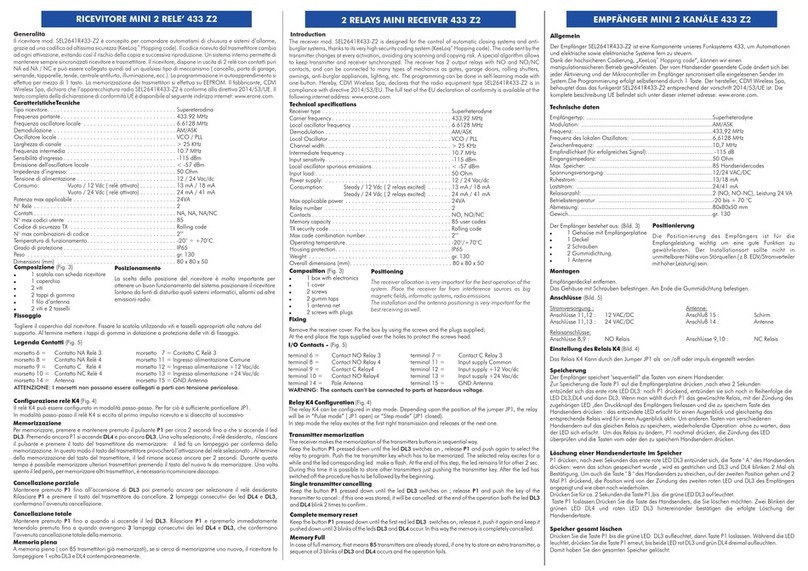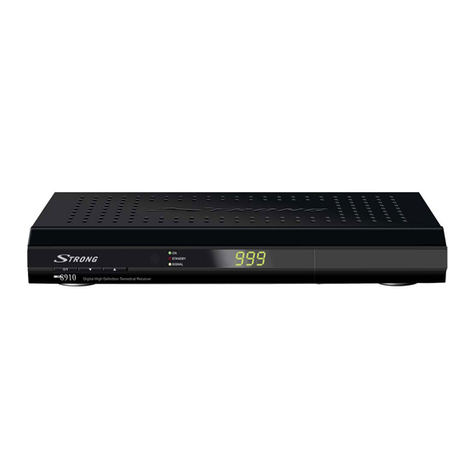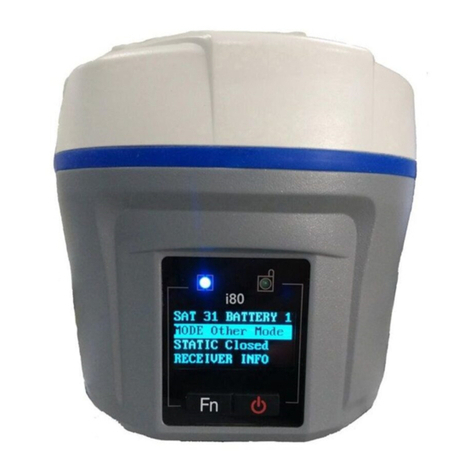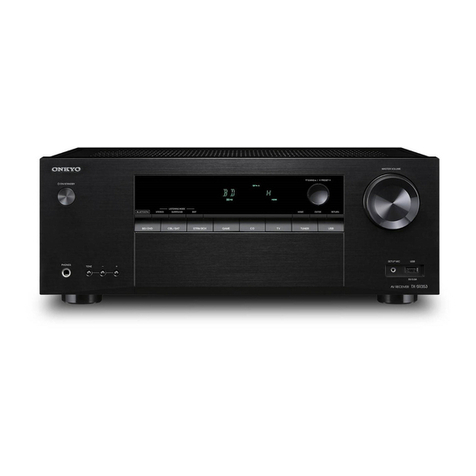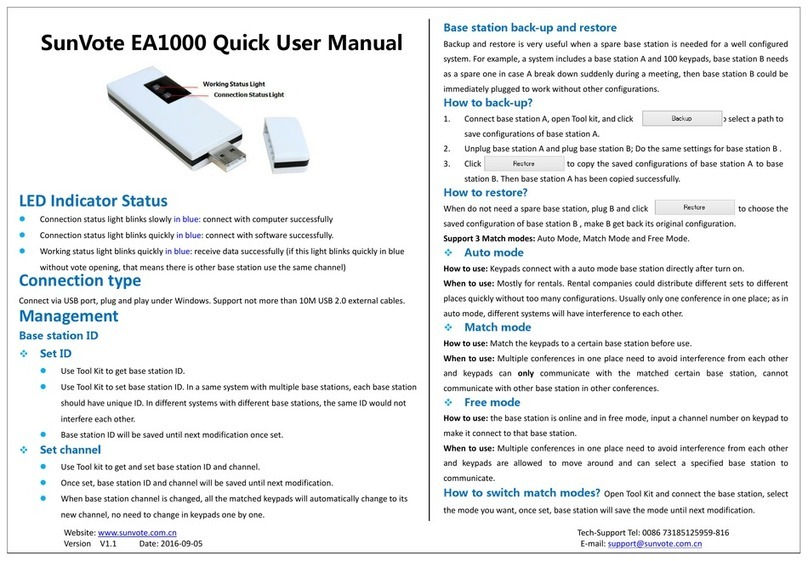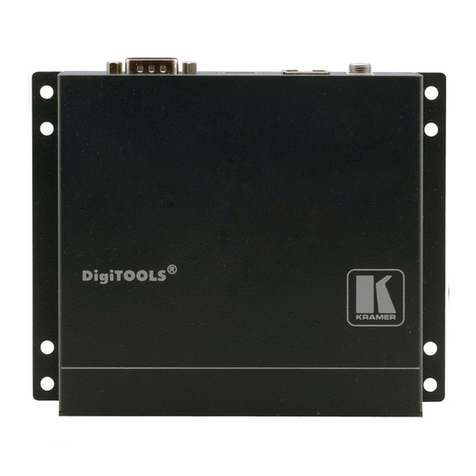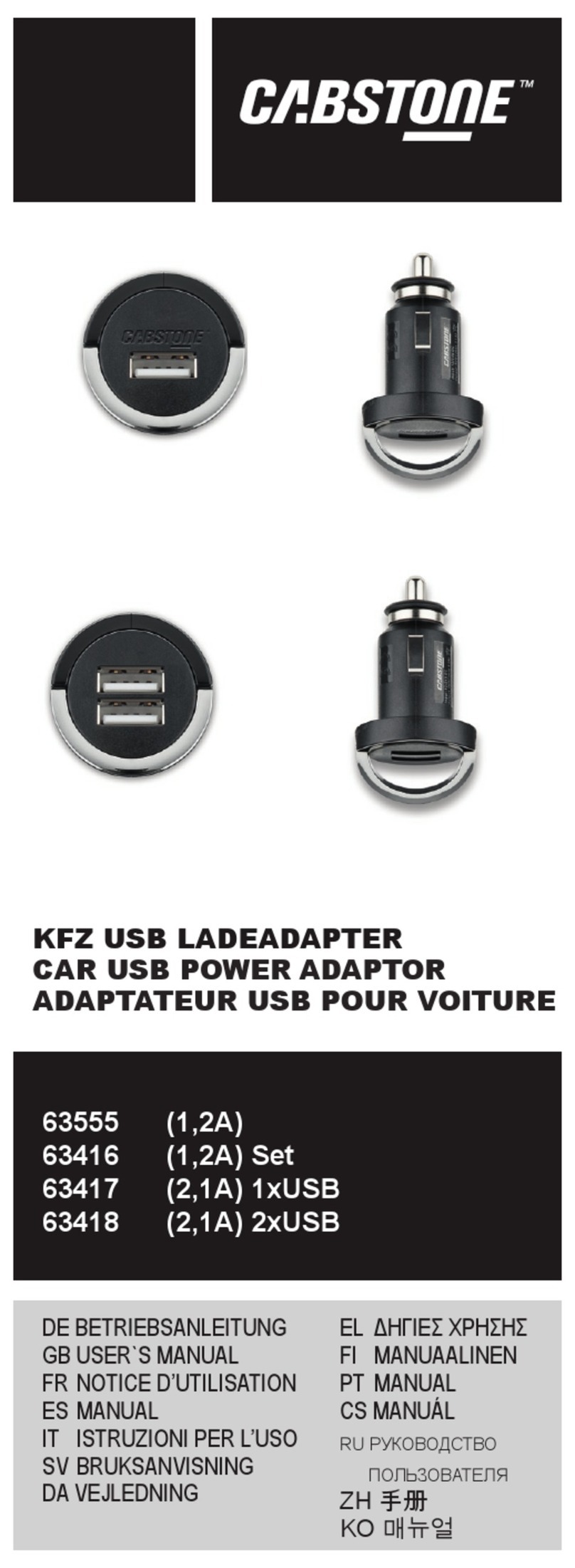Hexagon Veripos LD8 User manual

LD8
Installation Manual
AB-V-MA-00634_RevA7
02 August 2023

Contents
1 Introduction 3
1.1 Scope 3
1.2 VERIPOS Support 3
1.3 Terms and abbreviations 4
1.4 Equipment care 6
1.5 Document conventions 7
1.6 LD8 Notices 8
1.7 Disclaimer 11
2 LD8 system 12
2.1 System overview 12
2.2 Connectors, LEDs and I/O ports 13
3 LD8 installation 16
3.1 LD8 schematic example 16
3.2 Location guidelines 17
3.3 Mounting 17
3.4 Ventilation requirements 18
3.5 Antenna installation 18
3.6 Coaxial cable installation 22
3.7 Antennas 24
4 Reference information 25
4.1 Technical specifications 25
4.2 Cabling and connectors 27
5 Contact information 29
5.1 VERIPOS Support Details 29
6 Appendix 30
6.1 Summary specification of antennas 30
6.2 Summary specification of cabling 31
2
LD8 Installation Manual

1 Introduction
1 Introduction
It will help to have the following items available when consulting this document:
lLD8 and associated equipment shipped to site
lThe Delivery note provided within the shipment
lLD8 Operations Manual
lAntenna and Coaxial Cable Installation
lLD8 FAQs and Quick Guides, available from https://help.veripos.com.
1.1 Scope
This installation manual provides the information necessary to install the Hexagon | VERIPOS LD8
receiver and covers these key aspects:
lAntenna installation
lCoaxial cabling
lDC Power requirements
lLD8 mounting
lSystem interfacing
lAncillary equipment provided with the LD8
1.1.1 Preamble
Details are provided to assist in locating and connecting equipment ready to be commissioned. Read this
manual in conjunction with the Delivery note provided for your particular installation.
This manual is split into the following sections:
1. Introduction - Details the purpose of the manual, conventions and abbreviations.
2. LD8 system - Describes the LD8 interface panel and provides technical data.
3. LD8 installation - Covers LD8 installation and provides antenna & cabling guidelines.
4. Reference information - Provides detailed technical specifications.
5. Contact information - Contains contact information for VERIPOS Support.
1.2 VERIPOS Support
VERIPOS Support is a service provided as first point of contact for all VERIPOS technical enquiries and
fault reports. It is manned 24 hours per day, 365 days per year. Full contact details are listed in the
Contact information section.
For support cases VERIPOS recommend that initial contact is made via [email protected],
or by raising a ticket on VOSS https://help.veripos.com. With either method VERIPOS Support will be
immediately notified and can begin providing assistance.
3
LD8 Installation Manual

1 Introduction
1.3 Terms and abbreviations
AC Alternating Current
AltBOC Alternative BOC modulation
APEX VERIPOS high accuracy positioning solution
ARP Antenna Reference Point
BEIDOU Chinese GNSS
BOC Binary Offset Carrier
BNC Bayonet Neill–Concelman
C-O Computed Minus Observed
CAN Controller Area Network
cm Centimetre
CTS Clear to Send
dB Decibel
DC Direct Current
DCE Data Communications Equipment
DGPS Differential GPS
DP Dynamic Positioning
DSUB A electrical connector type
EU European Union
GALILEO European commissioned GNSS
GLONASS GLObal NAvigation Satellite System - Russian commissioned GNSS
GNSS Global Navigation Satellite System
GPS Global Positioning System - United States GNSS
IEC International Electrotechnical Commission
IP Internet Protocol
IPv4 Internet Protocol Version 4
kg Kilogram
lb Pound (unit of measuring weight)
L-band Signal transmitted to carry correction data to mobile users
LD8 VERIPOS receiver containing combined L-band and GNSS card
LED Light Emitting Diode
LNA Low Noise Amplifier
LVCMOS Low Voltage Complementary Metal Oxide Semiconductor
MHz Megahertz
MM Millimetre
PPP Precise Point Positioning
PPS Pulse Per Second
PWR Power
QZSS Quasi-Zenith Satellite System - Japanese commissioned GNSS
RF Radio Frequency
4
LD8 Installation Manual

1 Introduction
RJ45 A physical network interface standard used in telecommunications
RTK Real-time Kinematic
RTS Request to Send
SAL M12 Sensor Actor Line
SBAS Satellite Based Augmentation System
SMA Sub-Miniature version A
TCP Transmission Control Protocol
TNC A threaded type of RF coaxial connector
UART Universal Asynchronous Receiver-Transmitter
UI User Interface
Ultra VERIPOS high accuracy positioning solution
UNC Unified National Coarse Thread
USB Universal Serial Bus
VAC Voltage Alternating Current
VDC Volts Direct Current
VDOP Vertical Dilution of Precision
VOSS VERIPOS Online Support System
VSAT Very Small Aperture Terminal
WEEE Waste Electrical and Electronic Equipment
5
LD8 Installation Manual

1 Introduction
1.4 Equipment care
This section summarizes safety guidelines when installing the LD8 unit.
1.4.1 Unpacking and inspection
Carefully unpack and inspect the unit. If the equipment appears damaged, then return it using the original
packaging. Responsibility for damage will not be accepted if the approved packaging is not used. Ensure
all the major items and the ancillary equipment are supplied. If any items are found to be missing, contact
the system supplier or VERIPOS as soon as possible.
1.4.2 Safety warnings
Always observe the following safety precautions:
lDisconnect electrical power from the DC power supply.
lEnsure adequate air circulation to ventilate the unit, especially to the sides, to avoid heat build-up.
lConnect only to a power supply with a voltage corresponding to that marked on the unit.
lAlways disconnect the LD8 and associated equipment from the power supply when connecting
equipment.
lNever use the equipment in damp or wet conditions.
lAvoid excessive heat, humidity, dust or vibration.
lDo not use the equipment where it may be subjected to dripping or splashing liquids.
lAlways use the power connections supplied with the unit.
lBefore replacing a fuse, disconnect the equipment from the power supply.
1.4.3 Installation
During installation ensure the following:
lDC power supply is disconnected. The power connection is easily accessed on the unit rear.
lThe unit is secured using the holes in the base plate. Position the unit to ensure there is ample
spacing for access to the interface panel and adequate ventilation during normal operation.
lAll cables are routed safely to avoid sharp edges, bends and pinches.
lOnly the cables specified within this manual are used for interconnection of the equipment.
1.4.4 Maintenance
Clean the unit using a clean dry cloth only. Do not wet the unit or allow the penetration of water. Do not
use solvents to clean the unit.
1.4.5 Servicing
This unit contains no user-serviceable parts. Please refer all repairs to a qualified service agent or
VERIPOS.
1.4.6 Fault diagnosis
Follow the guidance in this document to correctly install the LD8. Where the LD8 does not perform as
indicated firstly check all connections before contacting your supplier or VERIPOS for assistance.
6
LD8 Installation Manual

1 Introduction
1.5 Document conventions
1.5.1 Typographical conventions
Italic or bold text is used to emphasize certain information. Italic is also used in cross-references to other
parts of the document and to other documents.
Bold text is also used for indicators and touch screen “push-buttons” commands.
Blue text is used for hyperlinking to other sections within this document or to external documents or
websites.
Bold italic text is used when display screens are mentioned in text.
Monospace text is used for input/output strings to/from the device.
1.5.2 Special Notices
WARNING
A warning indicates the risk of bodily harm or serious damage to the
hardware.
CAUTION
A caution indicates the risk of damaging the hardware or adversely
impacting the operation of the system.
NOTE
A note contains important information to help you make better use of the system.
7
LD8 Installation Manual

1 Introduction
1.6 LD8 Notices
The following notices apply to the LD8:
1.6.1 Waste electrical and electronic equipment
The Waste Electrical and Electronic Equipment Directive (hereinafter referred to as the “WEEE
directive”) places an obligation on EU-based manufacturers, distributors, retailers and importers to take-
back electronics products at the end of their useful life. A sister directive, RoHS (Restriction of Hazardous
Substances) complements the WEEE directive by banning the presence of specific hazardous
substances in the products at the design phase. The WEEE directive covers all VERIPOS products
imported into the EU as of August 13, 2005. EU-based manufacturers, distributors, retailers and
importers are obliged to finance the costs of recovery from municipal collection points, reuse, and
recycling of specified percentages per the requirements contained in the WEEE Directive.
Instructions for disposal of WEEE by users in the European Union
Products which have the undernoted symbol located on either the product itself or its packaging indicates
that the product must not be disposed of with other waste. Instead, it is the user’s responsibility to
dispose of the product by handing it over to a designated collection point for the recycling of WEEE. The
symbol shown below is on the product or on its packaging, which indicates that this product must not be
disposed of with other waste. Instead, it is the user’s responsibility to dispose of their waste equipment by
handing it over to a designated collection point for the recycling of waste electrical and electronic
equipment.
The separate collection and recycling of your WEEE at the time of disposal will help to conserve natural
resources and ensure that it is recycled in a manner that protects human health and the environment. For
more information about recycling centres, please contact the local city office, the household waste
disposal service or the product supplier.
8
LD8 Installation Manual

1 Introduction
1.6.2 FCC
This device complies with part 15 of the FCC Rules. Operation is subject to the following two conditions:
(1) this device may not cause harmful interference, and (2) this device must accept any interference
received, including interference that may cause undesired operation.
LD8 has been tested and found to comply with the radiated and conducted emission limits for a Class B
digital device. The Class B limits are designed to provide reasonable protection against harmful
interference in a residential installation.
The equipment listed generates, uses and can radiate radio frequency energy and, if not installed and
used in accordance with the instructions, may cause harmful interference to radio communications.
However, there is no guarantee that interference will not occur in a particular installation. If this
equipment does cause harmful interference to radio or television reception, which can be determined by
turning the equipment off and on, the user is encouraged to try to correct the interference by one or more
of the following measures:
lRe-orient or relocate the LD8
lIncrease the separation between the equipment and the LD8
lConnect the equipment to an outlet on a circuit different from that to which the LD8 is connected
lConsult VERIPOS for help
CAUTION
To maintain compliance with the limits of a Class B digital device, you must
use shielded interface cables.
WARNING
The LD8 has been authorised for use in mobile applications. At least 20 cm
(8 inches) of separation between the LD8 and the User must be maintained
during normal operation.
WARNING
Changes or modifications to this equipment, not expressly approved by
VERIPOS could void the user’s authority to operate this equipment.
1.6.2.1 Wi-Fi
LD8 contains a Wi-Fi radio with the following approval:
lFCC ID: UTU-01019715
9
LD8 Installation Manual

1 Introduction
1.6.3 European Union / United Kingdom (UK)
1.6.3.1 Radio Equipment Directive
VERIPOS declares that the LD8 including its Wi-Fi transceiver is in compliance with:
1. EU Directive 2014/53/EU
2. UK Regulations S.1. 2017/1206
The full text of either the UK or EU Declaration of Conformity may be obtained from VERIPOS upon
request.
1.6.3.2 ROHS
The LD8 is in conformity with Directive 2011/65/EU of the European Parliament and of the council of 8
June 2011 on the restriction of the use of certain hazardous substances in electrical and electronic
equipment.
10
LD8 Installation Manual

1 Introduction
1.7 Disclaimer
Hexagon Autonomy & Positioning Division Proprietary Data
This document and the information contained herein are the exclusive properties of Veripos Limited, and/or their affiliates within the
Hexagon Autonomy & Positioning division (“Hexagon”).
No part of this document may be reproduced, displayed, distributed, or used in any medium, in connection with any other materials,
or for any purpose without prior written permission from Hexagon. Applications for permission may be directed to
[email protected]. Unauthorized reproduction, display, distribution or use may result in civil as well as criminal sanctions
under the applicable laws. Hexagon aggressively protects and enforces its intellectual property rights to the fullest extent allowed
by law.
This document and the information contained herein are provided AS IS and without any representation or warranty of any kind.
Hexagon disclaims all warranties, express or implied, including but not limited to any warranties of merchantability, non-
infringement, and fitness for a particular purpose. Nothing herein constitutes a binding obligation on Hexagon.
The information contained herein is subject to change without notice.
© Copyright 2023 Hexagon AB and/or its subsidiaries and affiliates. All rights reserved. A list of entities within the Hexagon
Autonomy & Positioning division is available at https://hexagon.com/company/divisions/autonomy-and-positioning.
11
LD8 Installation Manual

2 LD8 system
2 LD8 system
This section provides an outline description of the VERIPOS LD8 receiver including details on the
different connectors, LED indicators and also lists information on the internal GNSS receiver.
2.1 System overview
The LD8 is a high precision system, built into a lightweight, compact and environmentally protected
enclosure and designed to operate reliably in the most demanding of marine environments. Key system
features:
lSupports decimetre level multi-constellation positioning with VERIPOS Apex and Ultra PPP
correction services
lCompatible with VERIPOS Quantum software
lEN60945 Marine Certified
l555 channels, all constellation, multi frequency tracking
lSimultaneously track up to 3 VERIPOS correction service satellites
lALIGN® GNSS heading solution
lSupports RTK operation
lMultiple communication interfaces for easy installation
lWebUI configuration utility
12
LD8 Installation Manual

2 LD8 system
2.2 Connectors, LEDs and I/O ports
The LD8 can communicate with other devices, using serial or Ethernet ports.
2.2.1 Interface panel
The LD8 interface panel has several connectors for interfacing with the unit:
2.2.2 Connector types
Connector Label Connector
type Description
ANT 1 SMA Primary GNSS connector. Used for the POSITION
reference antenna and the L-band correction signals
ANT 2 SMA Secondary GNSS antenna ONLY used for GNSS
HEADING systems.
COM
PORTS
RJ45 Ethernet network 100 / 1000
USB Micro A/B A USB 2.0 port used to communicate from a computer to
the receiver using a USB cable
High Density 26
pin D-Type
Provides access to communication signals on the
receiver. This includes:
l1 Pulse Per Second output (+3.3 volts pulses)
lThree bi-directional serial ports
lCOM1 RS-422/RS-232 user selectable
lCOM2 RS-422/RS-232 user selectable
lCOM3 RS-232
TRANSFER USB Micro A/B Currently not supported
PWR SAL M12
5 Pin +9 to +36 VDC power input. Multipole connector
13
LD8 Installation Manual

2 LD8 system
2.2.3 LEDs
There are five LED indicators used to communicate the receiver status to the user:
LED Description
1. TRANSFER Not currently supported
2. GNSS Indicates the position status of
the receiver.
3. LOG Indicates the status of logging
to the receiver internal memory
4. INS Not currently supported
5. PWR Indicates the power status
2.2.4 Serial Ports
The LD8 has three serial ports: COM1, COM2 and COM3, accessible via the High Density 26 pin D-Type
connector. Refer to the High Density 26 Pin D-Type connector section for more details.
Port RS-232 RS-422 Flow control
COM1 Yes Yes RTS/CTS
COM2 Yes Yes No
COM3 Yes No No
2.2.5 USB ports
The COM USB port is available for data output. The TRANSFER USB port is currently not supported and
should not be used.
2.2.6 Ethernet
The LD8 has an RJ45 socket that supports 10/100Base-TX Ethernet for interfacing to other IP enabled
systems. The Ethernet port supports IPv4 Internet layer.
2.2.7 Power
The systems power input is required to be 9 to 36 Volts DC, using less than 1 Amp at 12 volts operation.
On power up there is a 1.5 Amp in-rush (for a 12VDC power supply).
CAUTION
If the voltage supplied is below the minimum specification, the receiver will
automatically shut down.
If the voltage supplied is above the maximum specification, the receiver
may be permanently damaged, voiding the warranty.
14
LD8 Installation Manual

2 LD8 system
CAUTION
The supply must be capable of providing enough current to operate the
LD8, including the initial inrush transient. The AC / DC power adapter
should be protected with a 6 Amp fuse. The DC supply can be current
limited to 6 Amp with an external fuse.
15
LD8 Installation Manual

3 LD8 installation
3 LD8 installation
This section provides guidance on the installation of the LD8 receiver. In the event of difficulty contact
your supplier or VERIPOS (https://help.veripos.com).
3.1 LD8 schematic example
The schematic shown below is one example of an antenna setup arrangement. Please be aware that
other antenna configurations are possible. For long-term installations, always contact VERIPOS to
obtain setup drawings specific to your installation, as these may differ from the example below.
16
LD8 Installation Manual

3 LD8 installation
3.2 Location guidelines
When choosing installation locations, the following requirements should be taken under consideration:
1. Ensure adequate ventilation for free air flow to the main unit. This is especially important when
working in hot or humid conditions. See section Ventilation Requirements for more details.
2. Locate unit in areas free from excessive dust or smoke.
3. Avoid locations that experience excessive vibration.
4. Avoid exposure to high temperatures.
5. Shield the unit from direct sunlight.
6. Mount the unit securely to prevent movement.
7. Ensure there is easy access to the interface panel.
8. Avoid mounting the receiver in confined spaces. Ensure sufficient slack remains in unit cabling to
allow the rear of the unit to allow easy access.
9. Ensure all bends in coaxial cables are maintained above minimum bend radiuses.
10. Use short tails of flexible coaxial cable (e.g. LMR-240). Ensure sufficient strain relief on the main
antenna coaxial to avoid stress being placed on coaxial connectors.
3.3 Mounting
NOTE
Before mounting the LD8 take a note of the system serial number, which typically
starts with 'NMPL' and which can be found on the underside of the unit. This will be
required for logging into the system, as covered in the LD8 Operations Manual.
Mount the LD8 on a secure, stable surface. The unit can be secured via four M5 mounting holes (imperial
size #10), as shown in the figure below. Take care not to overtighten as this will result in damage to the
housing. Note that the torque of the screws should not exceed 15 inch-lb.
17
LD8 Installation Manual

3 LD8 installation
3.4 Ventilation requirements
The LD8 needs 15-25mm clearance all-round to allow an adequate flow of air:
3.5 Antenna installation
This section provides general guidance on installation of antennas and cabling.
It is very important to the on-going performance of your system that a high-quality installation is
performed, as this will ensure optimum performance and reliability.
NOTE
After equipment installation it is recommended that a calibration survey is carried
out to compute the heading offset (also referred to a C-O) and the position offset
(Primary GNSS antenna). The position offset and heading offset should be entered
within the navigation or DP software.
3.5.1 GNSS / L-band antenna installation guidelines
The GNSS antenna receives both multi-constellation and L-band communication satellites (used for
VERIPOS Correction Signals).
This section describes best practice when positioning and installing your GNSS antenna/s.
For more details please refer to VERIPOS document Antenna and Coaxial Cable Installation provided as
part of the installation documentation.
Antennas should be located with a clear 360° view of the sky. The best way to ensure this is to mount the
antenna at the highest possible location. If the GNSS antenna does not have good satellite visibility,
there will be times when system performance is degraded.
18
LD8 Installation Manual

3 LD8 installation
Examples of good installations – Antennas placed at top of mast with good spacing
During installation observe the following guidelines:
lOffsets to the GNSS antennas must be measured carefully to ensure that no errors are introduced
to the DP, Survey or Navigation systems.
lCare must be taken to ensure that antennas are not installed in the direct path of transmissions
from vessel radar, Inmarsat systems, VSAT systems or high-power HF (whip/wire antennas).
lIf the antennas cannot be installed directly at the top of the vessel mast or structure, it is essential
that the mounting point is sufficiently strong for this purpose. The installation must be able to
withstand vibration and wind over a period of many years of operation.
lStainless steel brackets and mounts are recommended to mitigate the effects of saltwater
corrosion.
lA mounting pole can be used with a 5/8"x11 UNC threaded end (standard marine mount). The
pole can be attached by welding, or by using “U” clamps as above. This method allows the
antenna to be mounted without the need for a bracket.
lEnsure that grease (such as copper slip) is applied to the threads when installing the antenna.
lFit the antenna to the bracket and clamp the bracket to the mounting pole or the mast by using U-
clamps. When mounting the antenna on an extension pole, fit the antenna to the pole first for ease
of handling at height.
lIf the threaded pole is already installed up the mast, use a small length of coaxial cable attached
to the N-type connector as a safety lanyard for the antenna.
lCarefully connect the coaxial cable following manufacturers’ guidelines. Form cable below the
antenna into a small loop, approximately 150–220 mm (6 to 8 inch) in diameter.
lAttach the loop to the mounting pole under the antenna to provide strain relief from the cable.
For more detailed guidance please refer to the VERIPOS document Antenna and Coaxial Cable
Installation.
19
LD8 Installation Manual

3 LD8 installation
3.5.2 Placement for heading antennas
Careful consideration for the placement of the primary and secondary antennas is required to maximise
the LD8 GNSS heading accuracy.
3.5.2.1 Antenna separation
The GNSS heading solution accuracy is largely determined by the distance (or baseline) between the
primary and secondary antennas. The larger the baseline, the better the heading precision will be.
The table below details the GNSS heading precision, which relate to the antenna separation baseline.
VERIPOS recommend a minimum baseline of 2m.
Baseline Static GNSS Heading Precision
2m 0.08°
4m 0.05°
10m 0.02°
3.5.2.2 Antenna orientation and height
The heading direction is computed from ANT 1 to ANT 2 as illustrated below:
GNSS Heading Solution Direction
20
LD8 Installation Manual
Other manuals for Veripos LD8
4
Table of contents
Other Hexagon Receiver manuals
Popular Receiver manuals by other brands
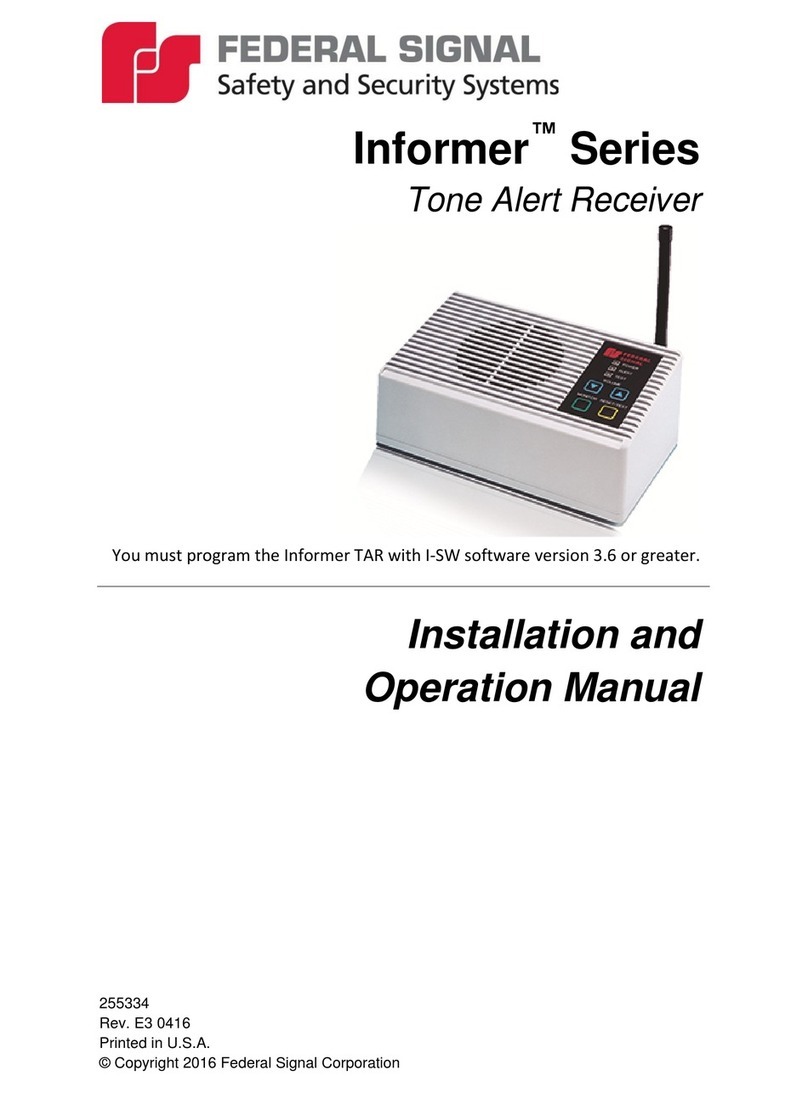
Federal Signal Corporation
Federal Signal Corporation Informer Series Installation and operation manual
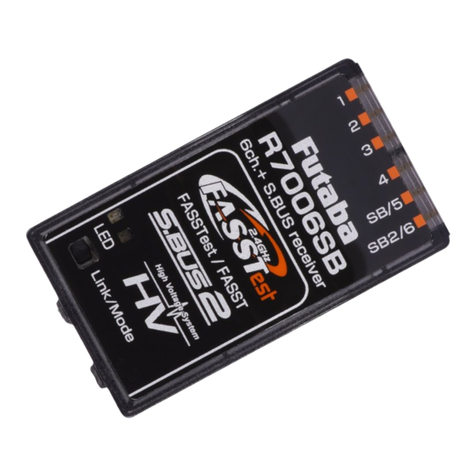
FUTABA
FUTABA R7006SB user manual
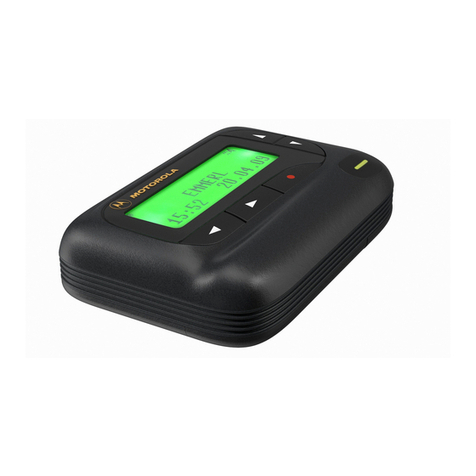
Motorola
Motorola Scriptor LX4 user guide
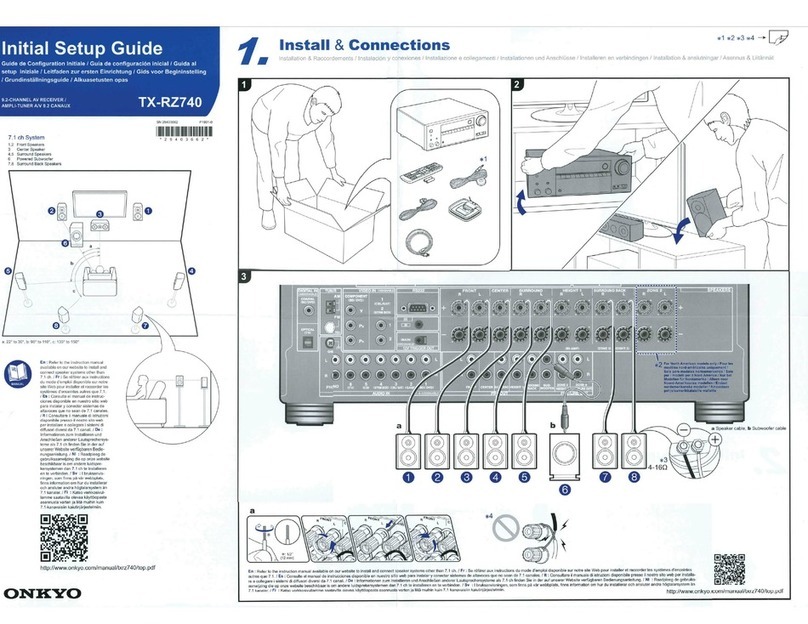
Onkyo
Onkyo TX-RZ740 Initial setup guide
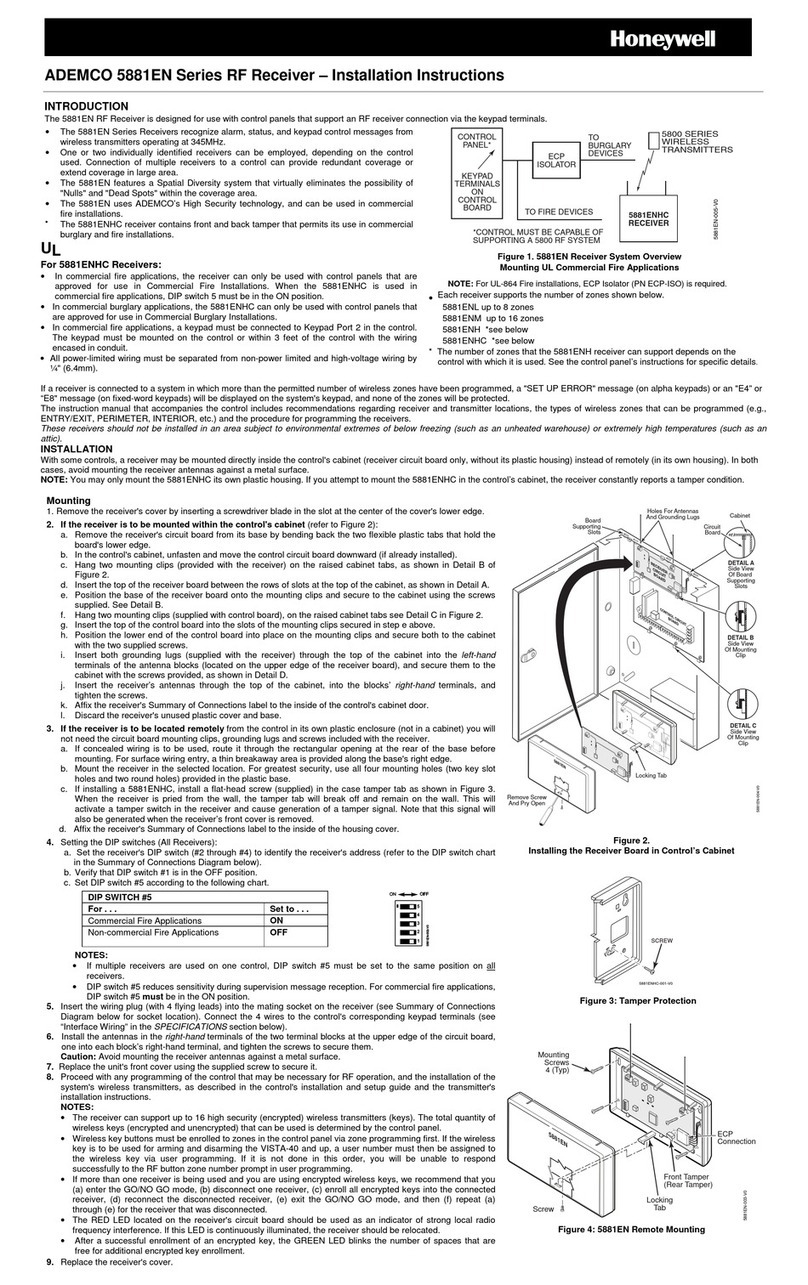
Honeywell
Honeywell ADEMCO 5881EN Series installation instructions

Pioneer
Pioneer VSX-919AH Specifications
